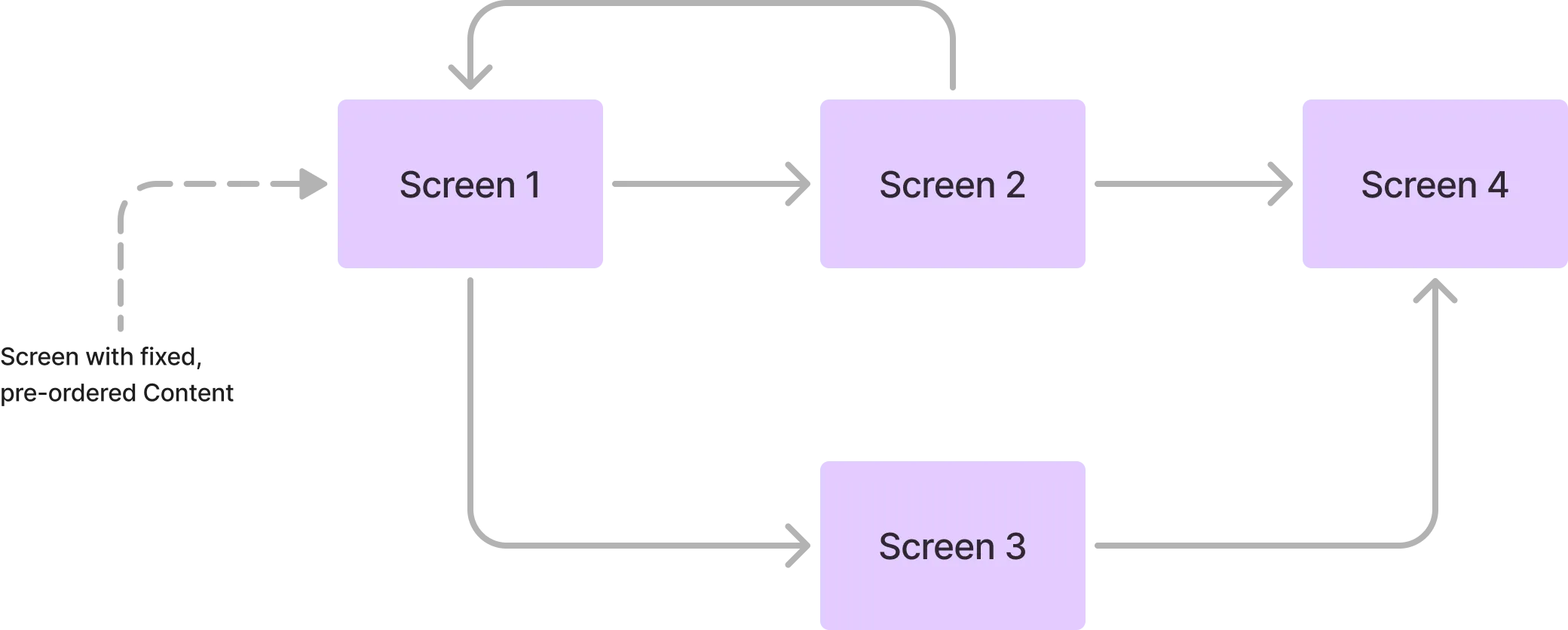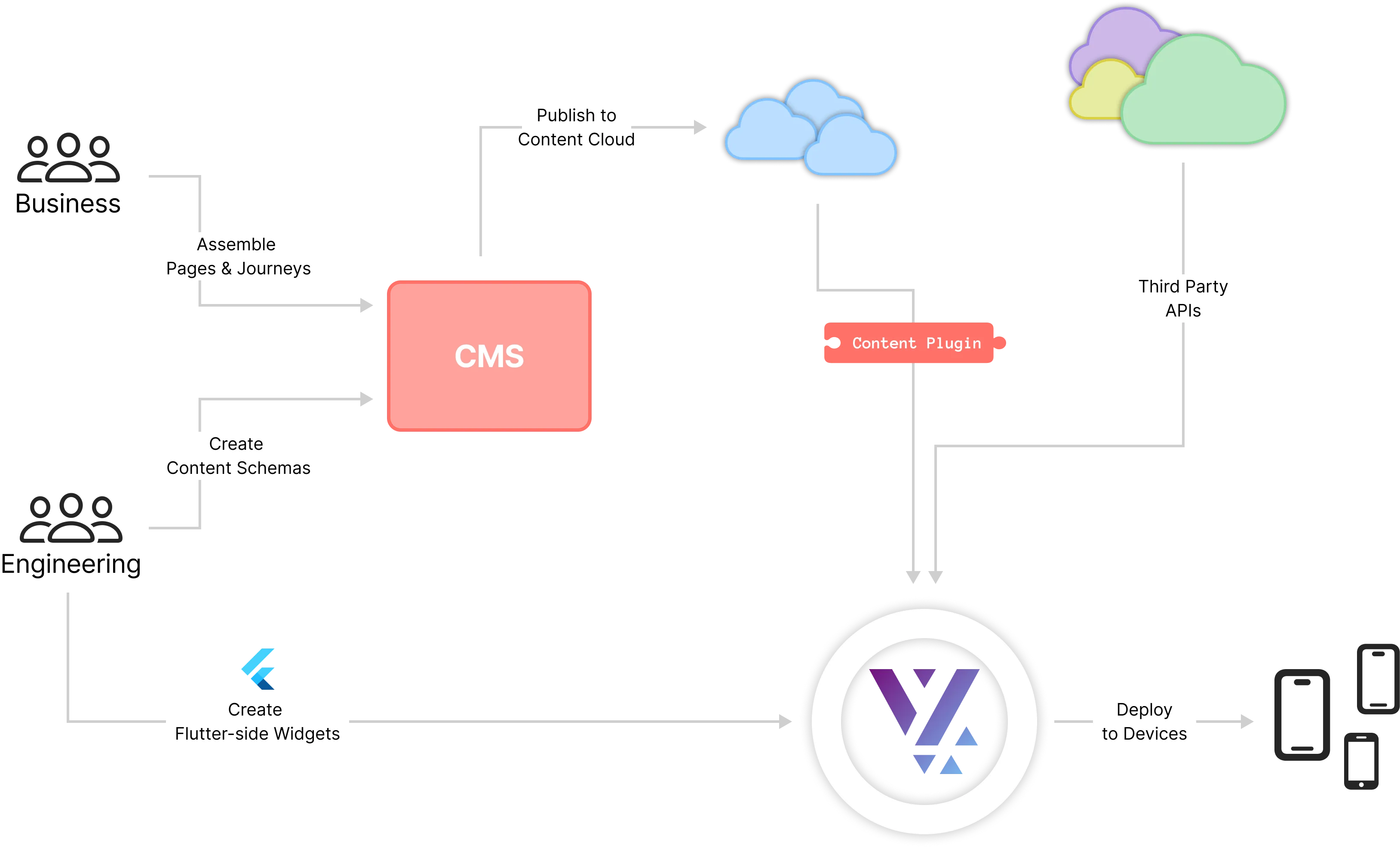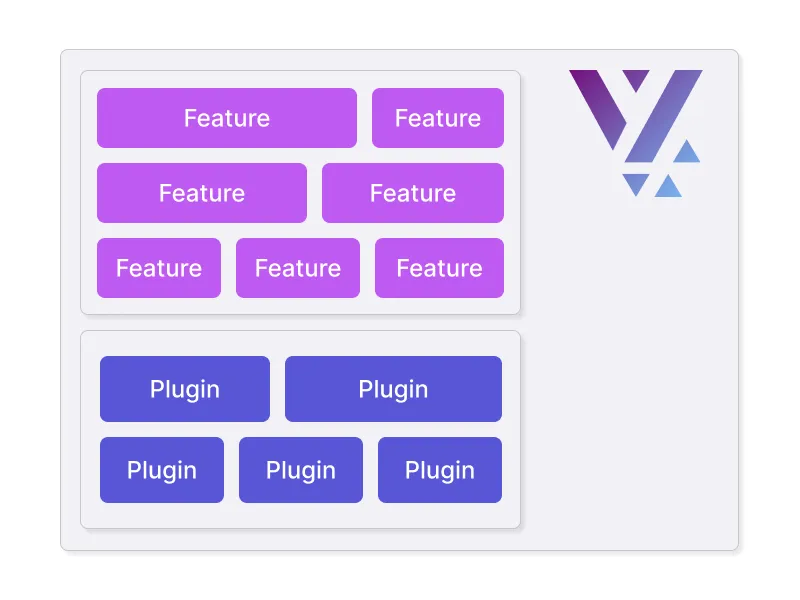Thinking in Blocks
Vyuh is an innovative framework designed to revolutionize the way developers build Flutter applications. Unlike traditional methods, Vyuh focuses on a content-based approach that leverages the power of modularity and a dynamic Content Management System (CMS). This framework leverages the power of blocks enabling developers to create highly flexible and maintainable applications by decomposing them into distinct features and content blocks.
Traditional method
Section titled “Traditional method”Traditional Flutter Development Approach
In a traditional Flutter development approach, applications are often built in a monolithic fashion. This means:
- Monolithic Structure: The entire application is typically a single codebase where features and content are tightly coupled.
- Hard-Coded Journeys: User journeys and interfaces are hard-coded, requiring code changes for updates or modifications.
- Limited Modularity: While Flutter encourages some level of component reuse, the overall structure remains monolithic, making it difficult to isolate and update individual features or content on the fly.
- Static Content: Content is usually static and embedded directly into the app, leading to frequent code updates and redeployments. This delays the time to market of a feature to the customer.
- Team Co-ordination: Requires high amount of co-ordination between teams to ensure no one is impacting the overall codebase or stepping on each other.

Vyuh’s Approach
Section titled “Vyuh’s Approach”Vyuh’s Content-based Approach
Vyuh shifts the paradigm from a monolithic development approach to a more modular, feature-based, content-block driven approach. Here’s how:
- Feature-Based: Vyuh promotes the decomposition of applications into independent, reusable and transferable features. Each feature represents a logical unit of customer-facing functionality.
- Dynamic Content Control: Instead of hard-coding user journeys and screen-content, Vyuh allows these to be managed dynamically via an external CMS. This enables real-time updates and modifications without requiring app redeployment.
- Enhanced Modularity: By breaking down the app into smaller, manageable features, Vyuh enhances modularity. Each feature can be developed, tested, and updated independently.
- Separation of Concerns: This approach enforces a clear separation between the app’s structure and its content, leading to cleaner, more maintainable codebases. The presentation is controlled from Flutter, driven by the content coming from a cloud-hosted headless CMS.
- Team Independence: Since features can be developed and even tested independently, it reduces the co-ordination between teams and allows them to operate at full speed.

Comparing the Approaches
Section titled “Comparing the Approaches”| Aspect | Traditional Flutter Development | Vyuh Framework |
|---|---|---|
| Structure | Monolithic | Modular (Feature-Based) |
| Content Management | Static, hard-coded within the app | Dynamic, managed via external CMS with Content Blocks |
| User Journeys | Fixed, hard-coded in the app | Dynamic, controlled through CMS |
| Modularity | Limited, requires deliberate effort to split into packages | High, enhanced through reusable blocks |
| Flexibility | Low, requires redeployment for updates | High, real-time updates through CMS |
| Explorative Power | Low, requires code changes to try different variations | High, make real-time changes and switch variants with live preview |
| Team Co-ordination | High, to ensure minimal impact of changes | Low, since development happens independently |
Mindset for Building Vyuh Apps
Section titled “Mindset for Building Vyuh Apps”Building applications with Vyuh requires a shift in mindset from traditional development practices. Developers need to think in terms of independent content blocks rather than a single, cohesive codebase. Here are key points to adopt this mindset:
- Modular Design: Think of your application as a set of independent features (aka mini-apps). Every feature should only expose Content-blocks (aka Components) and avoid having pre-defined journeys.
- Dynamic Content Management: Embrace the flexibility offered by the CMS. Plan for dynamic content updates and user journey modifications. Design blocks to be adaptable to changes from the CMS without requiring code changes.
- Separation of Concerns: Maintain a clear separation between the application’s content and its presentation. Treat the CMS as the primary source of truth for content and user journeys. Leverage a Design System to create the Flutter equivalents of the content coming from the CMS.
- Configuration vs Implementation: Design the content schemas with the principles of structured-content without muddying it with presentation or implementation details. CMS is purely for business-level configuration. The nitty-gritty details of implementation and presentation must be kept on the Flutter side.
- Reusability: Design blocks with reusability in mind. Aim to create blocks that can be reused across different parts of the application or even in different applications.

Summary
Section titled “Summary”By moving away from monolithic structures and embracing feature-based blocks, developers can build more flexible, maintainable, and scalable applications. The dynamic control over user journeys and content through a CMS further enhances the capabilities of Flutter apps, making Vyuh a powerful framework for modern app development.

